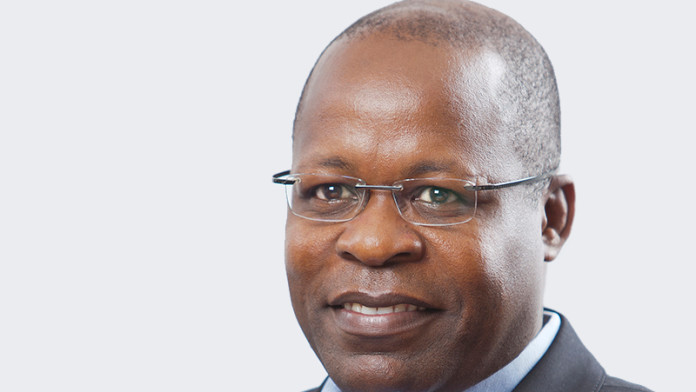
IT looks as if Lonmin CEO, Ben Magara, saw the writing on the wall roughly three-quarters through 2017. Faced with the prospect that the platinum price wasn’t going to recover quickly enough to bail out the company – which was always’s Ben’s bet – he set about re-valuing the firm’s business.
What came out of Lonmin’s business review was a $1bn impairment – enough to lower the intrinsic value of the company to below the $1.1bn threshold required of its lenders. Luckily for him, Neal Froneman at Sibanye-Stillwater had earlier come to the realisation that Lonmin’s platinum price wager was bound to fail.
Speaking at the publication of the firm’s full-year results earlier last month, Magara acknowledged that he had been pleasantly surprised at the interest shown by potential bidders for the group’s assets. Magara had been testing the waters regarding the piecemeal sale of some assets – not an outcome Froneman wanted as he needed the whole of Lonmin from which to drive synergies.
So in a sense, Magara also sprung Sibanye-Stillwater’s interest in the company. The Public Investment Corporation (PIC) meanwhile, the state-owned asset management company which owns 30% of Lonmin and some 11% in Sibanye-Stillwater, must have been cheering from the sidelines. It would not prefer the piecemeal dissection of Lonmin assets either, realising that Lonmin’s platinum group metals (and gold) reserves of 178 million ounces represents long-term value and operational flexibility for Sibanye-Stillwater.
By end-November, it must have looked very bleak for Magara. The platinum price slipped below $830/oz – its lowest level since the beginning of 2016. By mid-December, the rand price of the metal was also a source of worry as the local currency improved on the back of Cyril Ramaphosa’s election as ANC deputy president.
Said Froneman in an interview: “They were running a process [of restructuring by selling off assets] and had approached us to participate. And whilst we’d said we were interested in a combination with Lonmin, we would have preferred it in 18 months time. But then we realised they couldn’t get their finances signed off and banks had leverage on their loan so the situation became more dire. If they had gone ahead [with the sale of assets] they would have destroyed value”.
Magara and Froneman are hoping for the same things: a rise in the rand and dollar platinum price. Given the mixed nature of Lonmin’s asset base, however, Magara doesn’t have the breathing space of Froneman who had earlier bought Stillwater Mining which is rich in high-flying palladium, as well as the gold assets and the Rustenburg Platinum Mines from which he’s typically enjoying a first year bonus as the fruits of synergies take hold.
The expectation is that assuming all regulatory requirements are met – including the agreement of the Competition Commission – the transaction will be concluded during the second half of 2018. Since the deal is being executed at the London-listed plc level, a change of control permit is not required from the Department of Mineral Resources, which must be a relief given the distress and inertia in that department currently.
But challenges lie ahead.
One particular risk is the objection of the Association of Mineworkers & Construction Union (AMCU) to the Lonmin/Sibanye-Stillwater transaction because it stands to lose members if Froneman sets about the regrettable, but much needed cost-cutting restructure that Lonmin needs. Roughly 82% of Lonmin employees are also AMCU members.
Relations between corporates, law enforcement services and the Rustenburg community is volatile as witnessed by a recent protest outside the premises of Royal Bafokeng Platinum in which one of the protestors – a member of the community who was not an employee of the company – was shot dead, allegedly by someone else in the surging frond. “The challenging ‘lower for much longer’ platinum pricing environment is creating long-term damage to an already ailing industry which has sacrificed at least 26,000 jobs in the last five years,” said Magara in notes to his full-year financial results.
Asked by Miningmx about the risk of major social discontent if Sibanye-Stillwater sets about more retrenchments – 33,000 people are employed at Lonmin – Magara replied: “The political and economic environment is challenging, but it is a new normal with which Lonmin is able to cope”.
As for Magara himself, it’s too early to say. Miningmx asked if he hoped to find a job were Sibanye-Stillwater to seal the deal. He was predictably diplomatic given the likelihood many thousands would be losing theirs. “We haven’t even had that discussion yet.”








